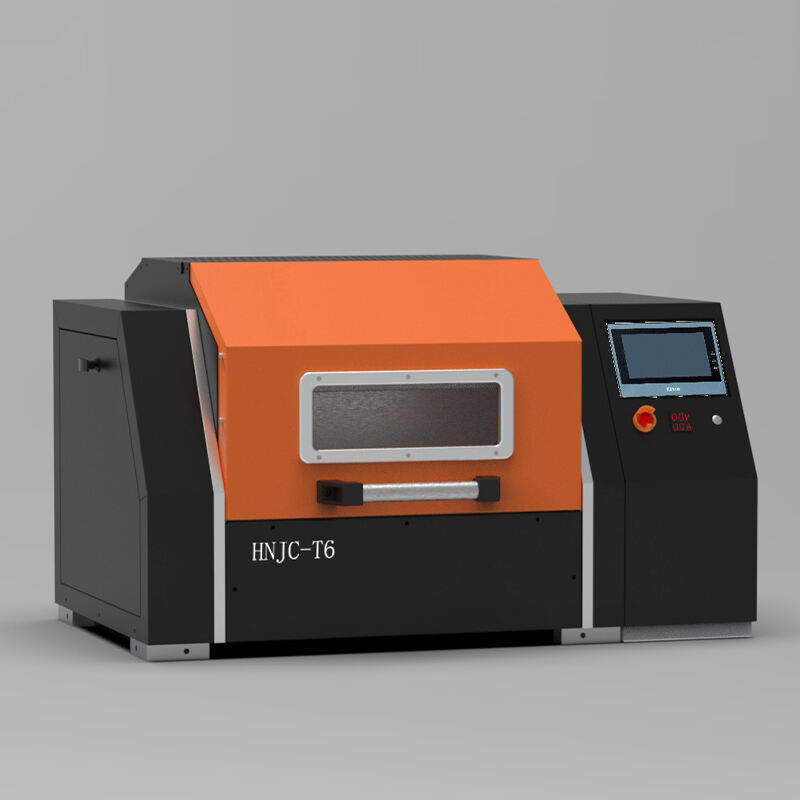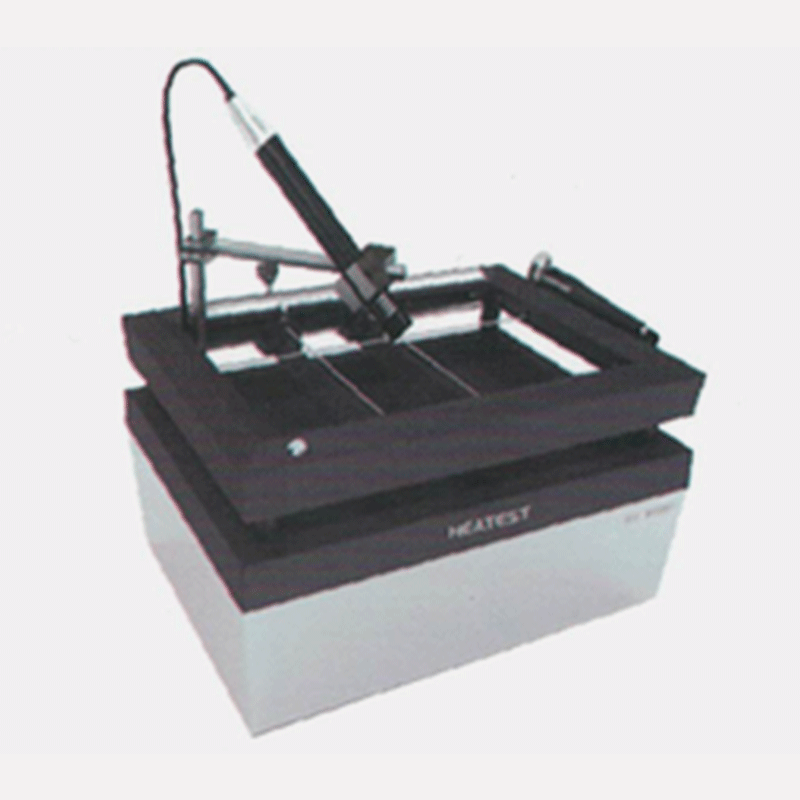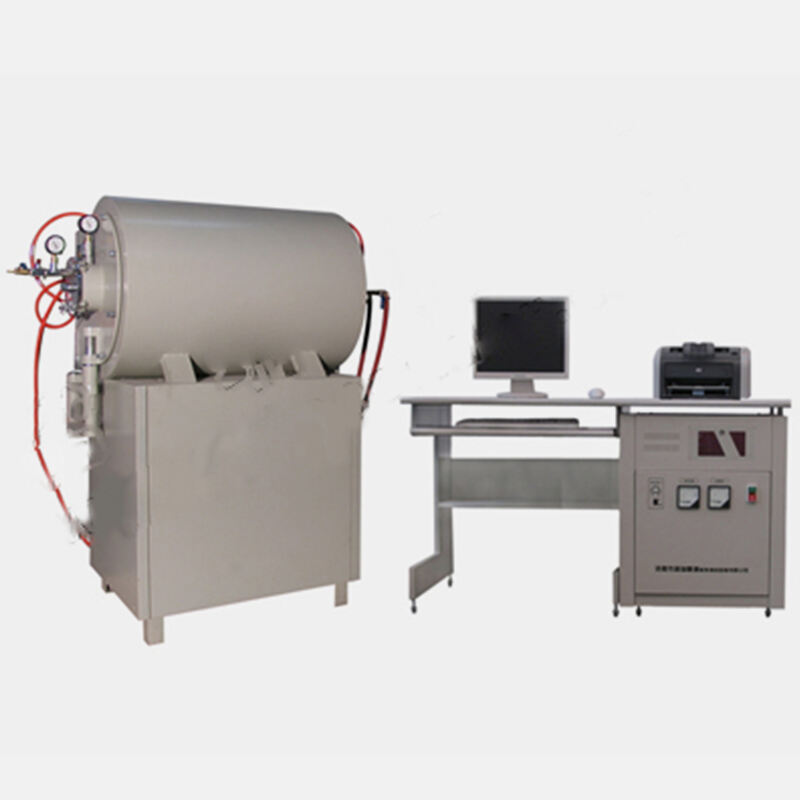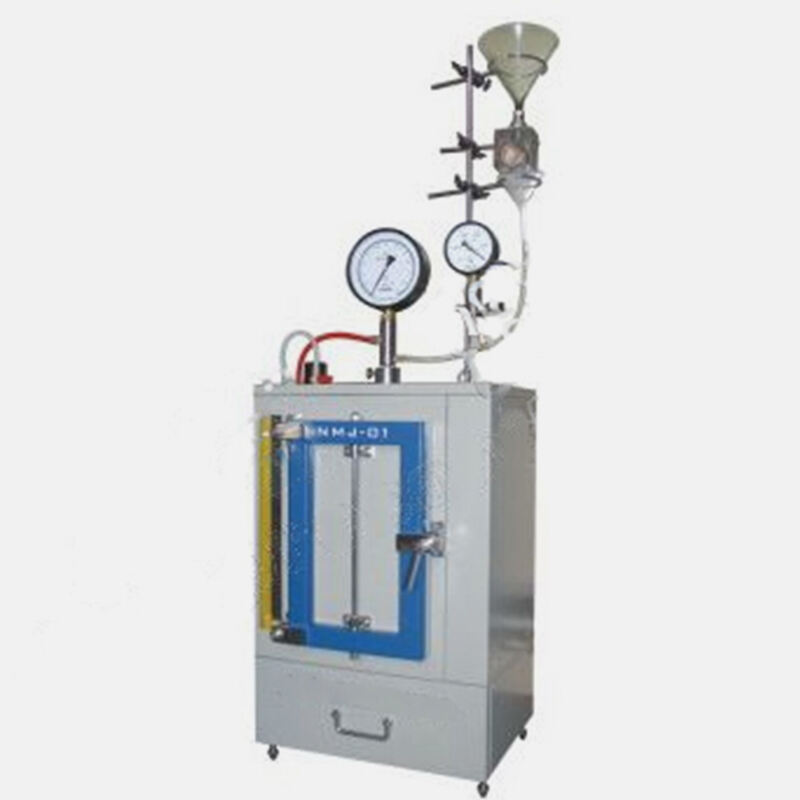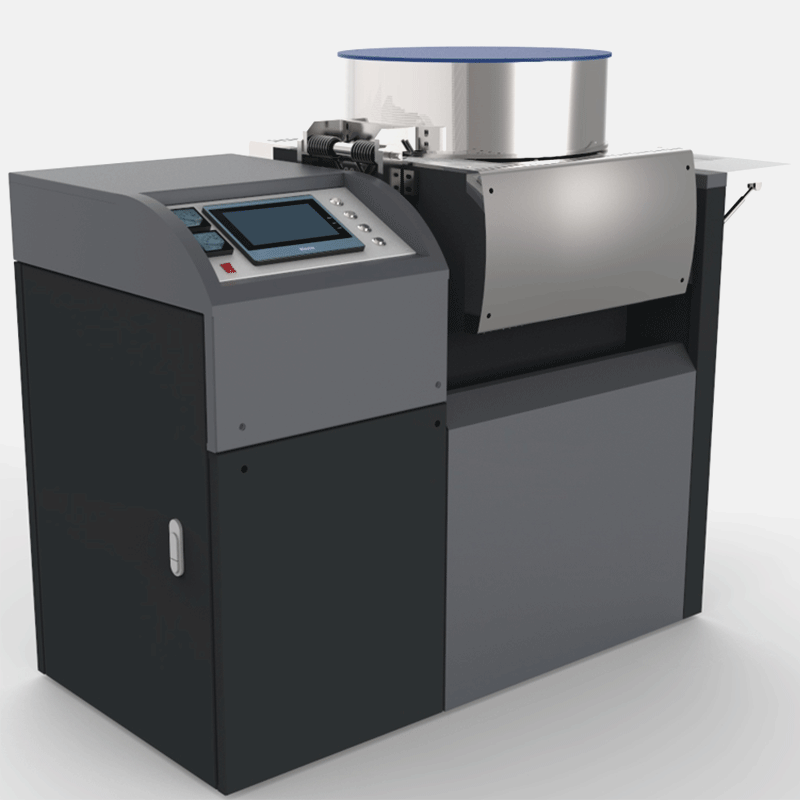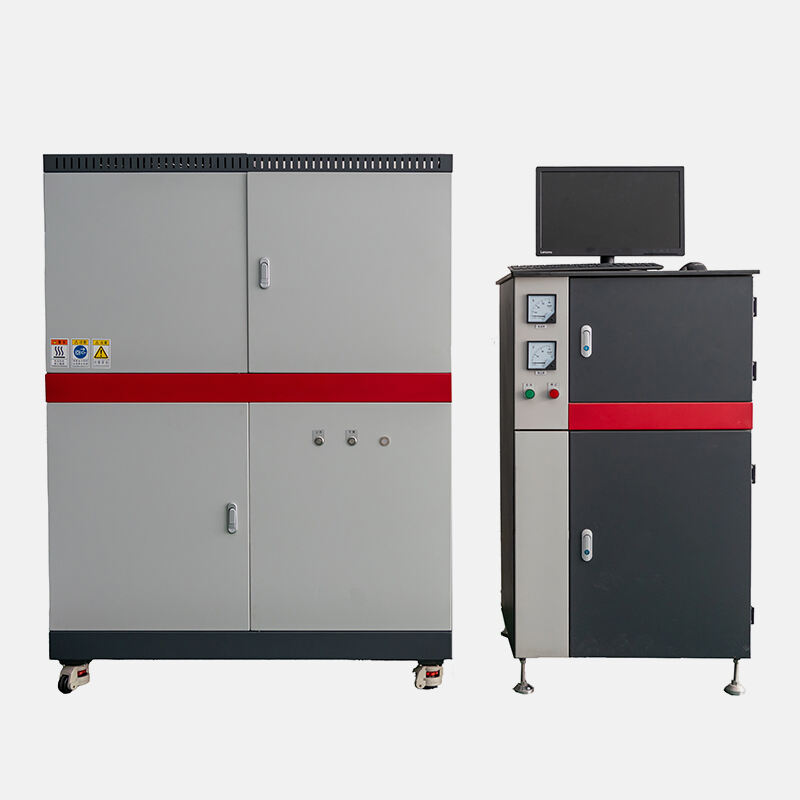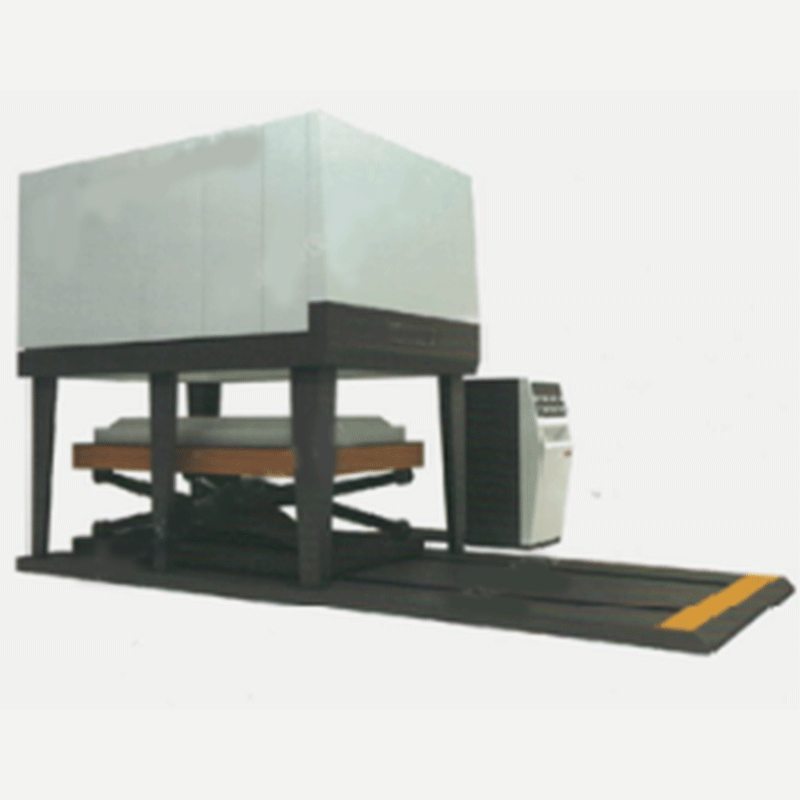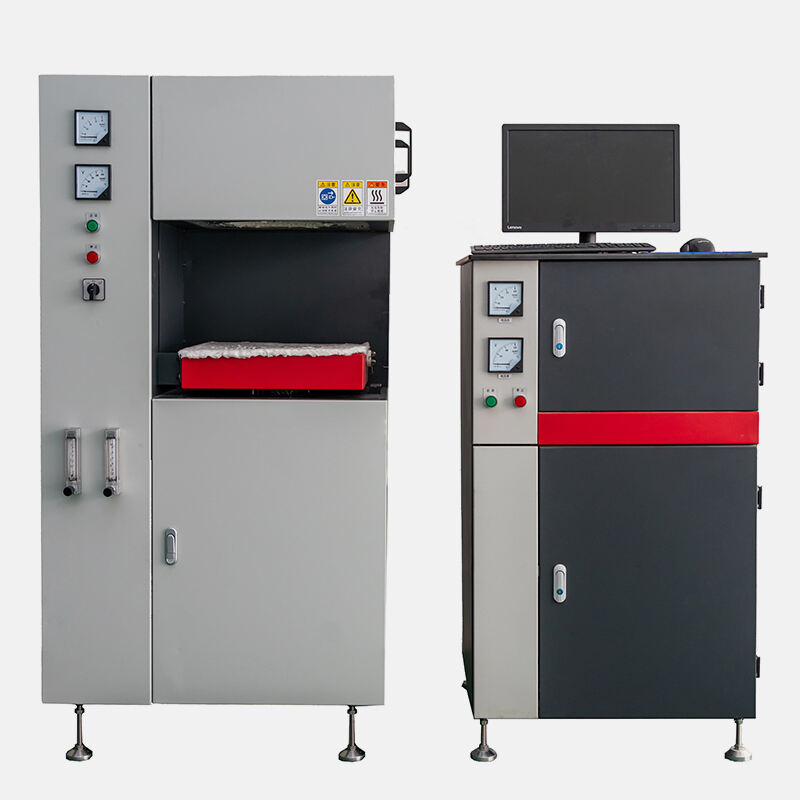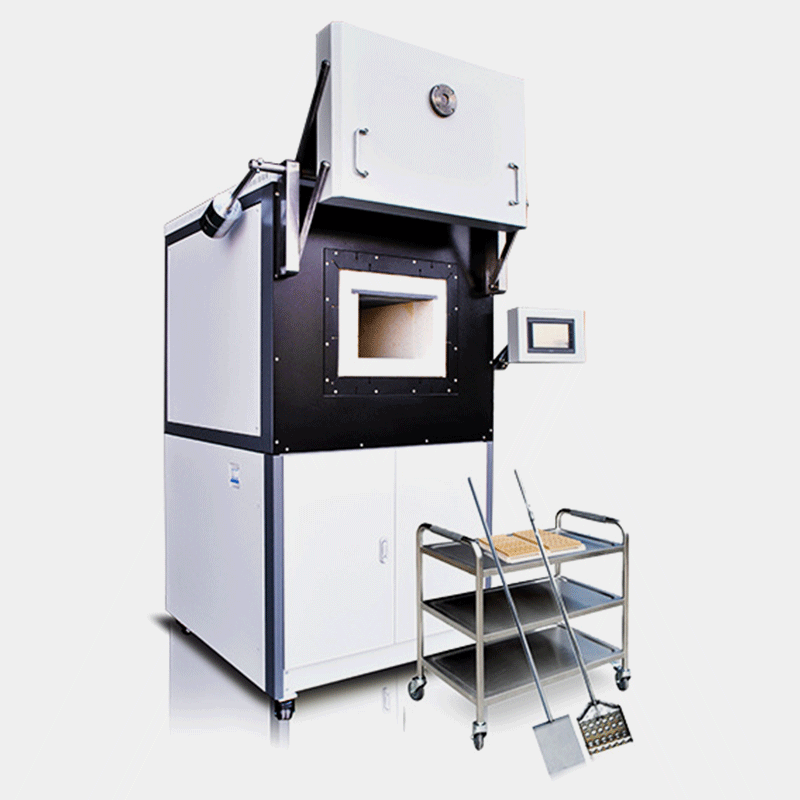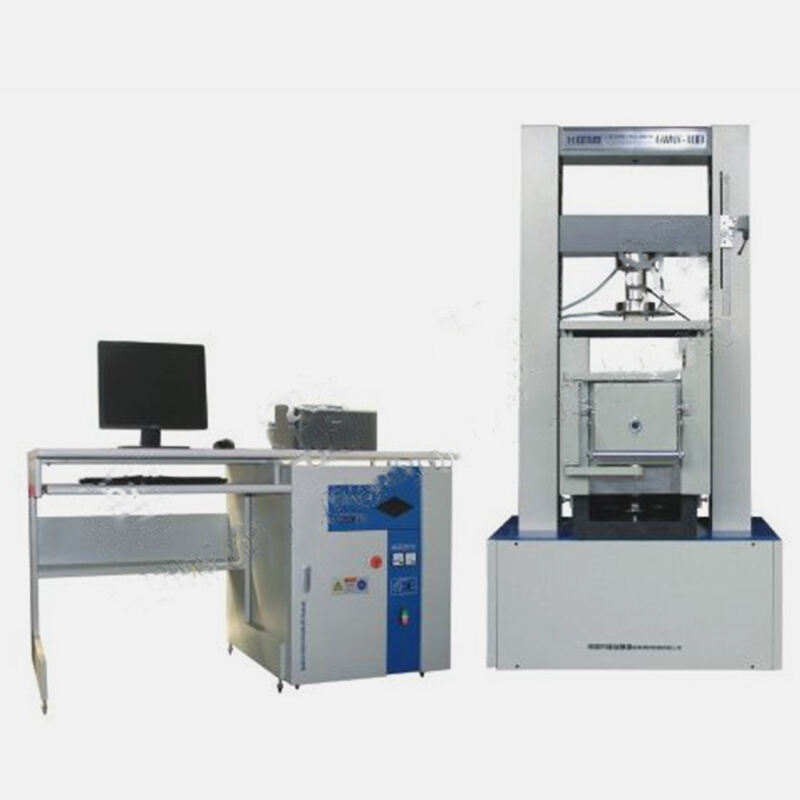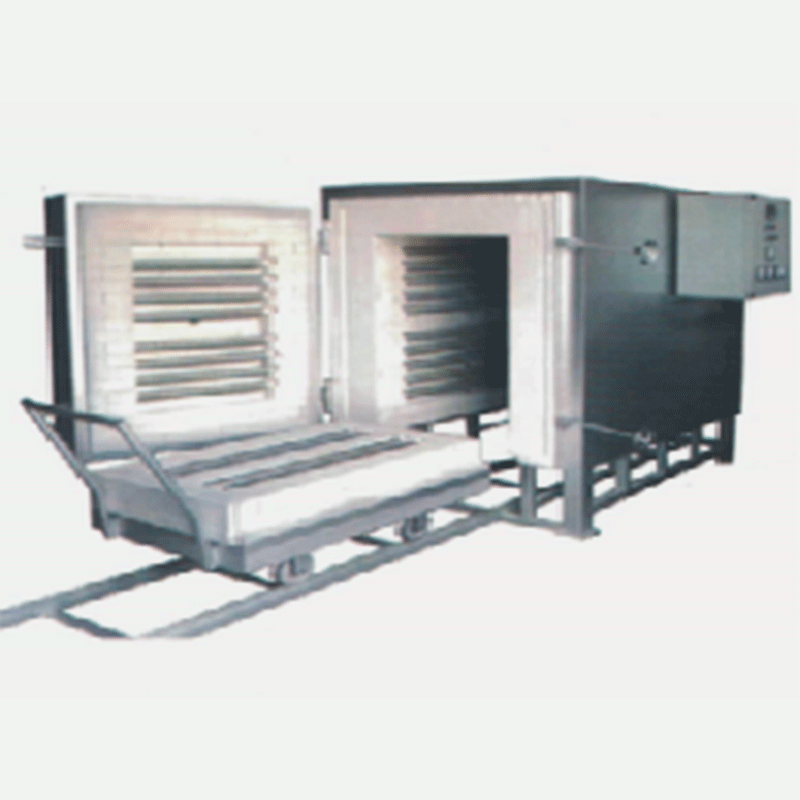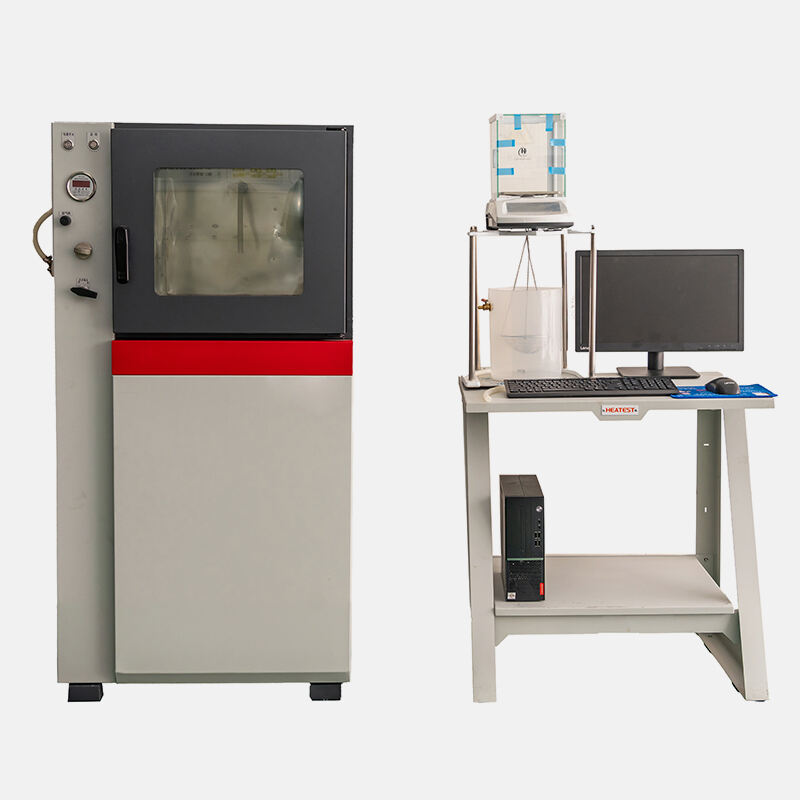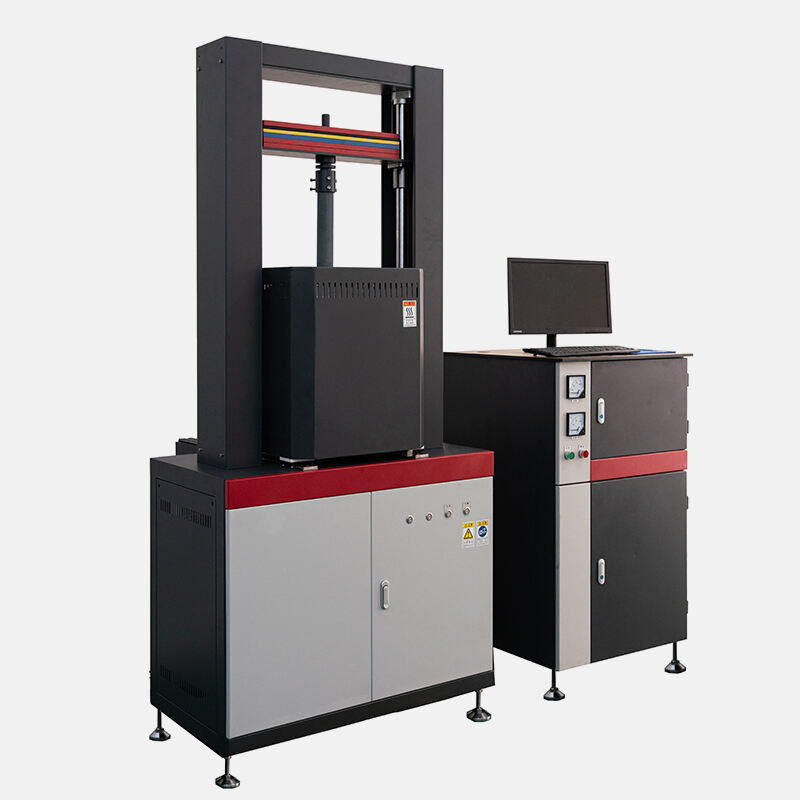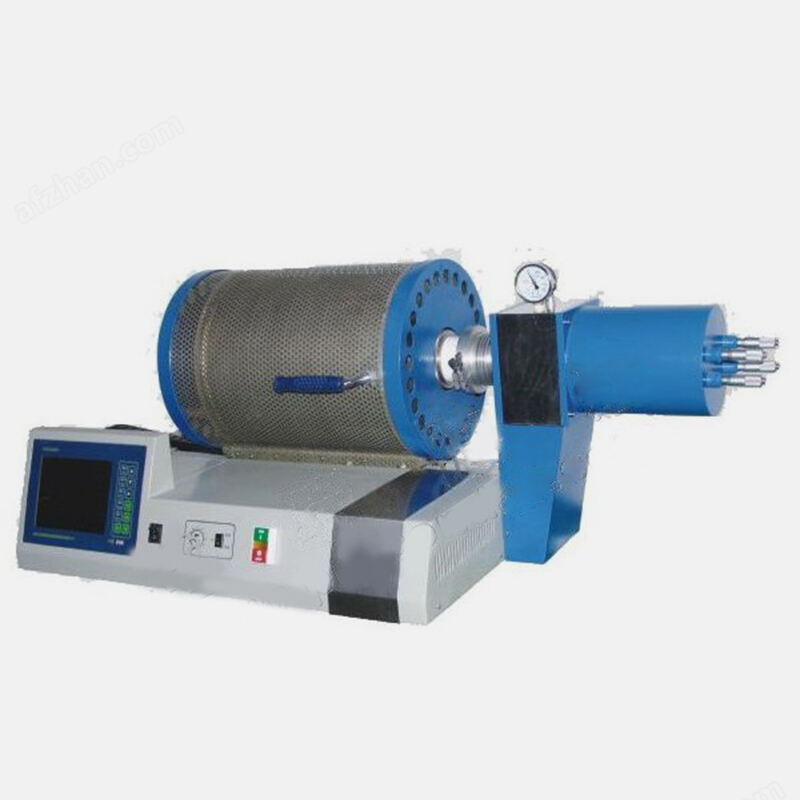Główne odczynniki stosowane w próbach ogniowych i ich funkcje
Analiza ogniowa polega na dodawaniu różnych odczynników, które w procesie stapiania w wysokiej temperaturze oddzielają szlachetny metal przeznaczony do oznaczenia od składników macierzy próbki. Odczynniki te pełnią różne funkcje. Niektóre z nich poprzez reakcje chemiczne w wysokiej temperaturze mogą wiązać metale szlachetne zawarte w próbce; nazywane są one odczynnikami wiążącymi. Inne, zwane odczynnikami topiącymi, mogą stopić próbkę i łączyć się ze składnikami macierzy, tworząc żużle takie jak krzemiany i borany. Odczynniki analityczne dzieli się na siedem typów w zależności od ich roli w procesie stapiania: topniki, środki redukujące, środki utleniające, dezsiarkowacze, siarczaniny, odczynniki wiążące oraz odczynniki pokrywkowe. Niektóre odczynniki mają pojedyncze zastosowanie, na przykład SiO2, który działa wyłącznie jako kwasowy topnik, podczas gdy inne posiadają wiele funkcji, np. PbO, który działa zarówno jako zasadowy topnik, odczynnik wiążący, jak i dezsiarkowacz.
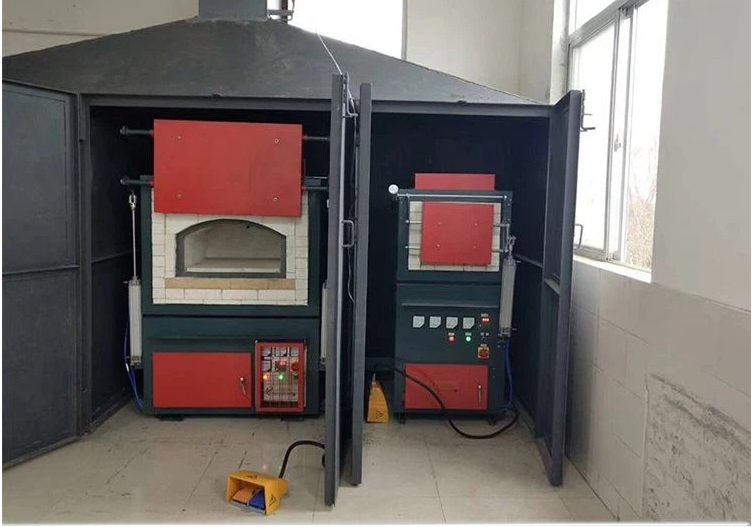
Przepływ
Funkcją topnika jest stopienie trudno topnych składników matrycy w próbce, takich jak Al2O3, CaO lub krzemiany, oraz utworzenie drobnoziarnistego żużla, co prowadzi do rozkładu próbki. Topniki dzieli się ze względu na właściwości chemiczne na kwasowe, zasadowe i obojętne.
1. Dwutlenek krzemu, znany również jako proszek kwarcowy, jest silnie kwasowym topnikiem.
2. Proszek szklany jest powszechnie stosowanym topnikiem kwasowym, który może być używany zamiast proszku krzemionkowego. Oprócz kwasowego SiO2, proszek szklany zawiera również składniki zasadowe, takie jak CaO i Na2O. Dlatego jego kwasowość jest słabsza niż proszku kwarcowego. Ogólnie 2-3 g proszku szklanego odpowiada 1 g SiO2. Zwykle jest on wykonany ze szkła płaskiego, które przemywa się, suszy, a następnie mieli w młynie do uzyskania uziarnienia 0,246 mm - 0,175 mm.
3. Boraks to reaktywny i topliwy kwasowy fluks. Podczas topienia zaczyna tracić wodę krystalizacyjną w temperaturze 350°C i szybko się rozszerza. Dlatego nadmierne stosowanie boraksu w mieszance może łatwo spowodować wylewanie się materiału podczas topienia, co prowadzi do utraty próbki w tyglu. Boraks może tworzyć borany z wieloma tlenkami metali, których punkty topnienia są niższe niż odpowiadających im krzemianów. Na przykład temperatura topnienia CaSiO2 wynosi 1540°C, temperatura topnienia Ca2SiO4 wynosi 2130°C, natomiast temperatura topnienia CaO·B2O3 wynosi tylko 1154°C. Dodanie boraksu do mieszanki skutecznie obniża temperaturę topnienia żużla.
Polecane produkty
Gorące wiadomości
-
Zasada działania i zakres zastosowania urządzenia do badania ścieralności w temperaturze otoczenia
2025-11-07
-
Główne odczynniki stosowane w próbach ogniowych i ich funkcje
2025-10-13
-
Pozwala zapoznać się z piecem do wydmuchiwania popiołu w próbierstwie ogniowym
2025-09-23
-
Maszyna do badań odporności na obciążenie (RUL) i pełzania w warunkach obciążenia (CIC) - typowe problemy eksploatacyjne
2025-08-25
-
Jak stosować maszynę do stapiania fluorescencji rentgenowskiej w przemyśle ogniotrwałym?
2025-08-18
-
Jakie materiały są odpowiednie do badań w piecu muflowym o wysokiej temperaturze?
2025-08-14
-
Wspólnie tworzymy lepszą przyszłość: indyjszy partner Ants Prosys odwiedza bazę produkcyjną JZJ Testing
2025-08-04
-
Automatyczna maszyna do topnienia form - innowacyjne urządzenie do poprawy efektywności eksperymentalnej
2025-07-22
-
Metoda działania i środki ostrożności przy obsłudze wydłużnika w wysokiej temperaturze
2025-07-14
-
Funkcja i zastosowanie pieca do badania żaroodporności
2025-07-01

 EN
EN
 AR
AR
 BG
BG
 FR
FR
 DE
DE
 HI
HI
 IT
IT
 PL
PL
 PT
PT
 RU
RU
 ES
ES
 TL
TL
 IW
IW
 ID
ID
 UK
UK
 VI
VI
 TH
TH
 TR
TR
 FA
FA
 MS
MS
 UR
UR
 BN
BN
 KM
KM
 LO
LO
 PA
PA
 MY
MY
 KK
KK

